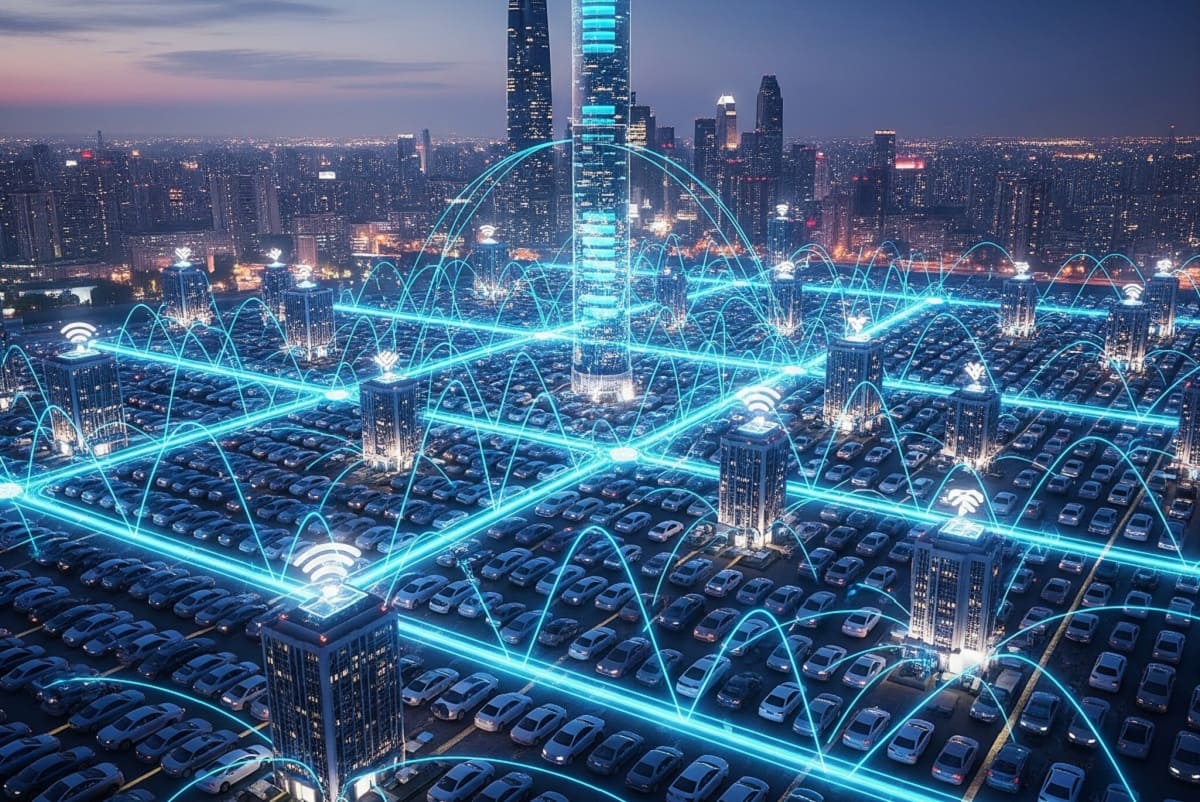A new study shows how electric vehicles and hot water systems could help turn urban areas into massive storage hubs, easing pressure on the power grid.

Cities as energy storage hubs: EVs and water heaters play a key role
Cities as large-scale storage systems. According to research from the Australian National University, electric vehicles and hot water systems could become valuable energy assets.
“Cities are often viewed as giant energy consumers,” said Dr. Zongxiang Lu, the study’s lead author. “But with widespread electrification, they can also act like giant batteries, not just consuming but managing energy too.”
The study, published in the journal Renewable Energy, used Canberra as a case study, analyzing travel data, electricity demand profiles, and geospatial mapping to explore the city’s potential to optimize energy use through electric vehicles and hot water systems.
Shifting per capita energy use across time and space
The study’s findings are striking. In a fully electrified city, each resident could have access to roughly 46 kWh of stored energy, equivalent to about three or four Tesla Powerwall batteries.
By simply rescheduling when cars are charged or when water is heated, each person could shift around 5 kWh of electricity daily to off-peak hours. This flexible load represents about one-third of average daily per capita electricity use and could be programmed to support the grid instead of overloading it.
Parked EVs as powerful storage units
Electric vehicles spend nearly 90% of their time parked, at home, at work, or elsewhere. With smart coordination, this idle time becomes an opportunity. According to the study, as EV adoption scales up, the timing of their charging will be critical.
Without proper management, peak energy demand could increase by more than 30% as homes and transportation electrify, potentially requiring costly grid upgrades. But shifting even half that load to off-peak hours could cut the peak demand increase in half.
What are storage hotspots?
The study also introduced the concept of “storage hotspots,” areas with high employment density and a strong need for flexible energy use, typically urban zones with large office concentrations.
These hotspots offer valuable opportunities for workplace smart charging, dynamic pricing incentives, and digital platforms that coordinate thousands of small devices to act as a virtual power plant.
“As we electrify our homes and transportation, we want to maximize the use of the grid infrastructure we already have and minimize the need for expensive upgrades,” said Associate Professor Marnie Shaw, co-author of the study.













